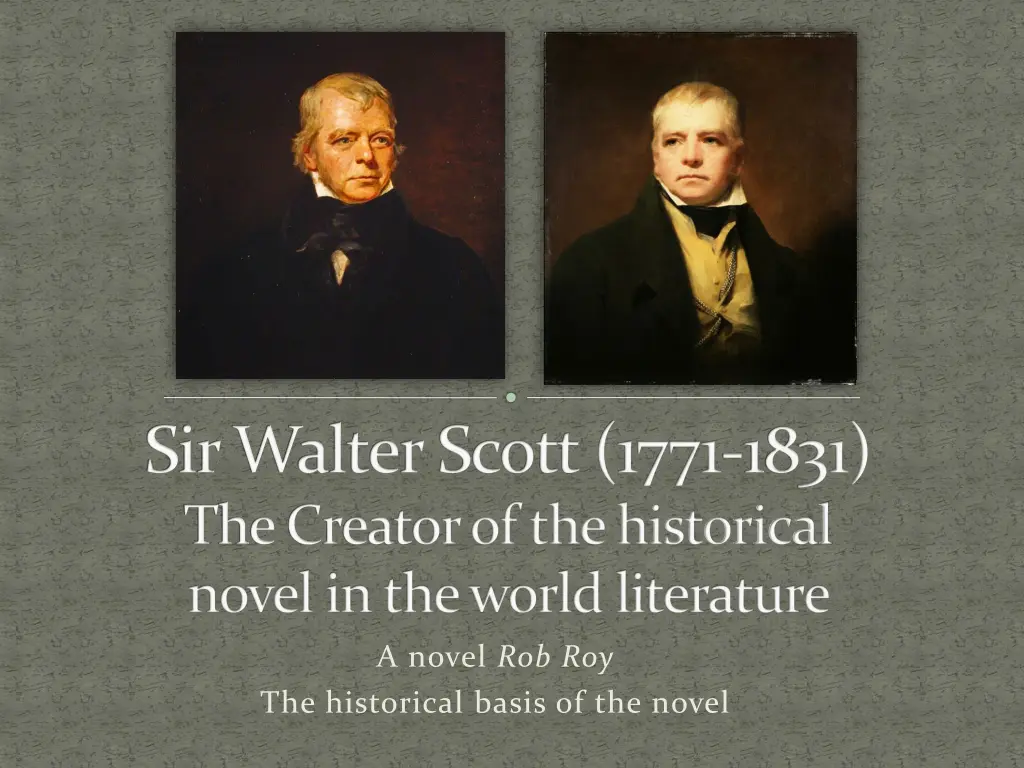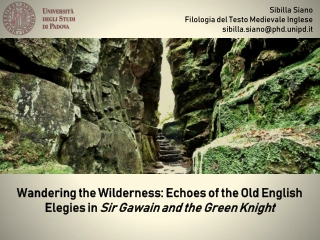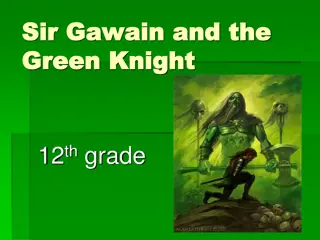
Walter Scott: The Iconic Historical Novelist
Sir Walter Scott, known as the creator of the historical novel, left an indelible mark on world literature with works like "Rob Roy." Born in Edinburgh in 1771, Scott's literary journey began as a poet before he transitioned into renowned historical fiction. His exploration of Scottish history reshaped perceptions of the past, capturing readers with epic tales and iconic characters like Rob Roy. Discover the life and legacy of this literary giant through his remarkable works and contributions.
Download Presentation

Please find below an Image/Link to download the presentation.
The content on the website is provided AS IS for your information and personal use only. It may not be sold, licensed, or shared on other websites without obtaining consent from the author. If you encounter any issues during the download, it is possible that the publisher has removed the file from their server.
You are allowed to download the files provided on this website for personal or commercial use, subject to the condition that they are used lawfully. All files are the property of their respective owners.
The content on the website is provided AS IS for your information and personal use only. It may not be sold, licensed, or shared on other websites without obtaining consent from the author.
E N D
Presentation Transcript
Sir Walter Scott (1771-1831) The Creator of the historical novel in the world literature A novel Rob Roy The historical basis of the novel
Biography Sir Walter Scott was born of a lawyer's family in Edinburgh, Scotland on August 15, 1771. He suffered from many physical ailments, one particularly serious one in adolescence, which made him, in his own words, "a glutton of books. He attended Edinburgh High School and studied at Edinburgh University arts and law. At the age of sixteen he had already started to collect old ballads 'The Wild Huntsman , 'Lenore' and 'Goetz of Berlichingen from Goethe's play. Scott married in 1797 Margaret Charpentier in France. They had five children. In 1806 Scott became clerk to the Court of Session in Edinburgh. In 1820 Scott was created a baronet. Scott visited France in 1826 to collect material for his Life of Napoleon. A few years earlier Scott had started to keep his Journal , recording in courageous spirit his deteriorating health and other misfortunes. His popularity, both socially and as a writer, was almost unparalleled. Scott received his title and baronetcy from King George IV in the spring of 1820. He died, Sir Walter Scott, in 1832.
Walter Scott's poetry From 1796 to 1812 Scott was known as a poet, but he felt that he had not yet found himself. In 1802 appeared Scott's first major work, Minstrelsy of the Scottish Border . As a poet Scott rose into fame with the publication of The Lay of the Last Minstrel (1805) about an old border country legend. In 1810 appeared the Lady of the Lake and in 1813 Rokeby . Scott's last major poem, The Lord of the Isles , was published in 1815.
The name of Sir Walter Scott is closely connected with the genre of the historical novel. He was interested in the romantic aspects of Scottish history and his historical novels changed attitudes towards the past, he made the world aware of Scotland, his novel struck the reader with their epic quality. The most famous works by Walter Scott Waverley (1814) Rob Roy (1817) Ivanhoe (1819) Kenilworth (1821) The Fortunes of Nigel (1822) Quentin Durward (1823) The Talisman (1825) Woodstock (1826)
Rob Roy The young English hero, Frank, travels first to the north of England and then to the Scottish Highlands to retrieve money stolen from his father by his villainous cousin, and meets the famous outlaw Rob Roy. Despite the title, Rob Roy is not the main character, but his actions drive the plot. He appears out of the shadows, usually to help Frank, and disappears as quickly. The novel is a brutally realistic depiction of the social conditions in Highland and Lowland Scotland in the early 18th century. Full of drama, rich language and humour, the novel created Rob Roy's iconic status.





















